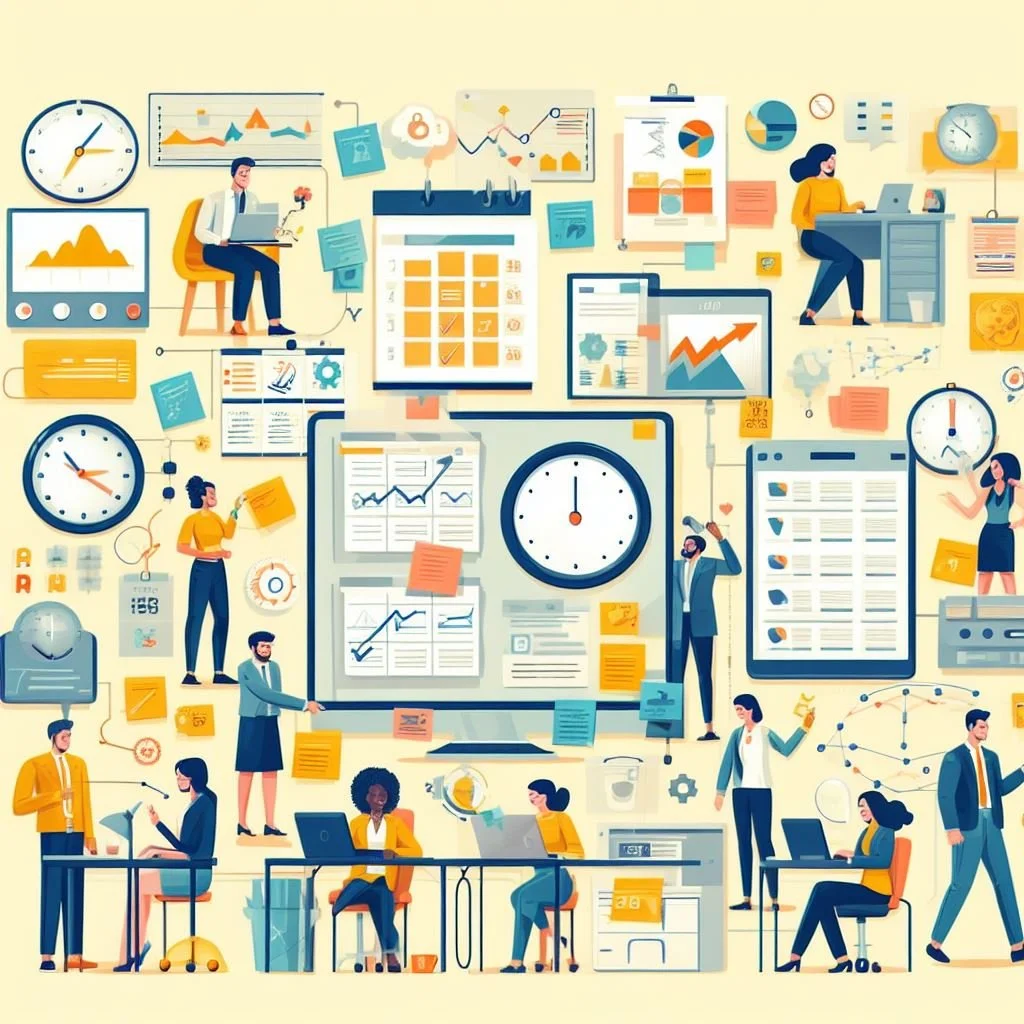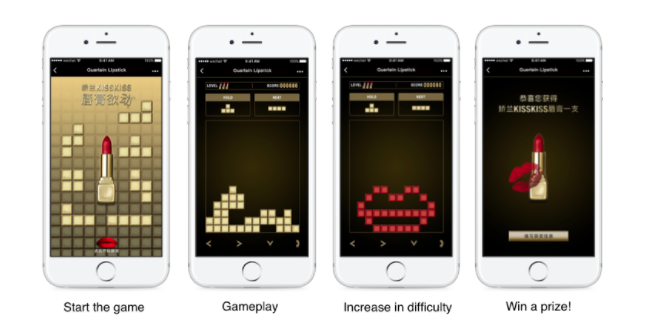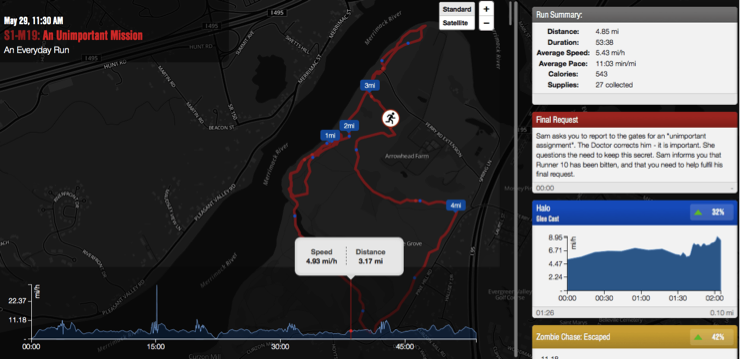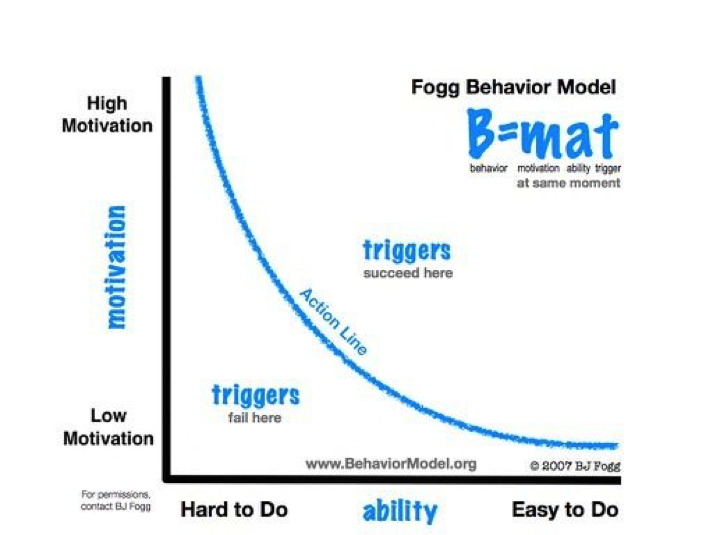Written by: Sufiz Suffian, Head of Business Development
Gamification is quickly gaining traction all over the world, including Malaysia and can be seen just about anywhere.
In fact, you may have already interacted with elements of gamification numerous times over the past couple of hours, whether it was through social media, e-commerce sites, or while purchasing groceries at your local supermarket.
So before we dive deeper into how gamification has invaded our lives, it is best to first understand what gamification even is.
What Is Gamification?
In my career, I have come across many misinterpretations of gamification. Although the name does include the word "game", it is often not as simple as that.
Gamification is the concept of using game design elements in non-game applications to make it more fun and engaging. In short, it is essentially behavioural psychology in human-centric design that you can interact with just about anywhere.
Gamification has the capability to motivate an individual to display a particular behaviour or undertake a series of actions for a specific goal or purpose. This is accomplished by encouraging users to engage in these behaviours by showing them a scaffolded path to mastery, and by taking advantage of our human psychological predisposition to engage in gaming.
Gamification involves identifying "player types" and their corresponding motivational drives.
By understanding who your target audience is, you are able to include motivational elements to spur your audience to act in a particular manner that would benefit you and possibly your business.
Moreover, if these motivational elements and desired behaviours occur frequently enough and in the right order, users will begin to develop habits that will keep them coming back for more.
After all, everyone loves games, so why not turn everything into one?
Why Gamification?
Whether it's collecting points to unlock discounts or prizes during your next purchase, or to earn higher cashback rates by making a transaction at certain business establishments, with the right motivation and the right "reward" (be it intrinsic or extrinsic), businesses have got you right where they want you.
For instance, Facebook alone uses endless elements of gamification, from collecting likes on your recent status update, or having your friends share an article you posted on your page. As of 2017, daily social media usage of global internet users amounted to 135 minutes per day, up from 126 daily minutes in the previous year!
Unsurprisingly, the world has also taken notice of gamification. In 2014, the global gamification market size was approximately USD 960.5 million and is expected to reach USD 22,913.0 million by 2022, at a CAGR of 41.8%.
There is even an increased interest in gamification globally as shown by significantly improved Google search trends for gamification over the years, including in Malaysia.






































